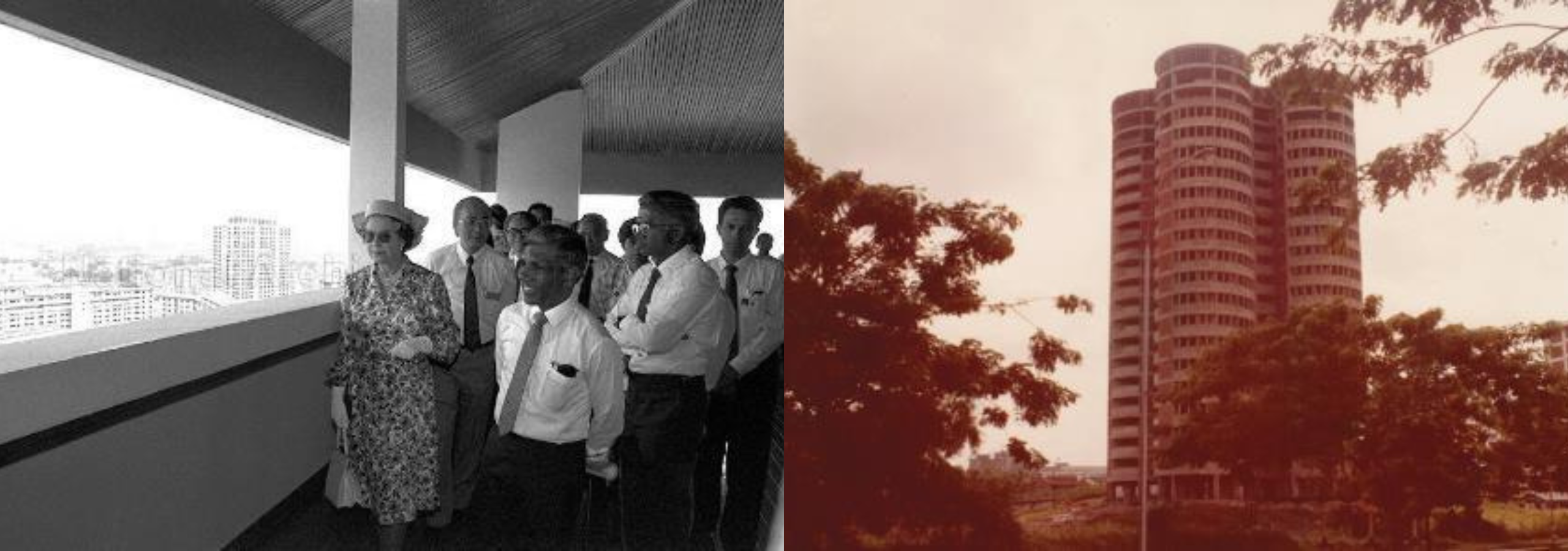In its early days, Ang Mo Kio was more commonly known as Kow Tiow Kio (“nine bridges” in Hokkien), as one would have to cross nine bridges across tributary streams of the Kallang River to get from present-day Lorong Chuan to Upper Thomson Road. The town has since evolved into a quintessential Singaporean heartland with its various neighbourhoods, parks, hearty hawker fare, and vintage dragon playground along Ang Mo Kio Avenue 3. Today, the memories and spirit of Ang Mo Kio’s kampong past still permeate the bustling, modern town it has become.
The National Heritage Board (NHB)’s refreshed Ang Mo Kio Heritage Trail delves deeper into Ang Mo Kio’s transformation from an area of plantations and farming land to a thriving residential and commercial hub; reveals lesser-known facts about its landmarks; and uncovers more tales of the men and women who live and work there.
The refreshed Ang Mo Kio Heritage Trail covers 40 heritage sites and features 10 heritage markers. These include 13 new sites, as well as two new markers at the Church of Christ the King – the only Catholic church in Ang Mo Kio – and Liuxun Sanhemiao, a joint temple formed by three temples – Sam Ann Fu, Longxuyan Jinshuiguan, and Hong San Chin Huat Temple Association. The trail also features three newly curated thematic routes exploring different aspects of Ang Mo Kio’s heritage, including Iconic Landmarks, Hidden Heartland Gems, and Scenic Fringes.
Mr Gerald Wee, Director (Education and Community Outreach), NHB, said: “Since the Ang Mo Kio Heritage Trail was launched in 2011, we’ve been working closely with the Ang Mo Kio community, and have uncovered interesting new facts and stories about the town’s history and heritage, such as the cache of artworks by Chinese artist Xu Beihong that was hidden in Chong Boon Chinese School in Lelong Pah village, near today’s Serangoon Garden, during the Japanese Occupation.
“By refreshing the trail, we hope that Singaporeans will gain a deeper appreciation of this quintessential Singaporean heartland, and residents will be imbued with a greater sense of pride and belonging.”



